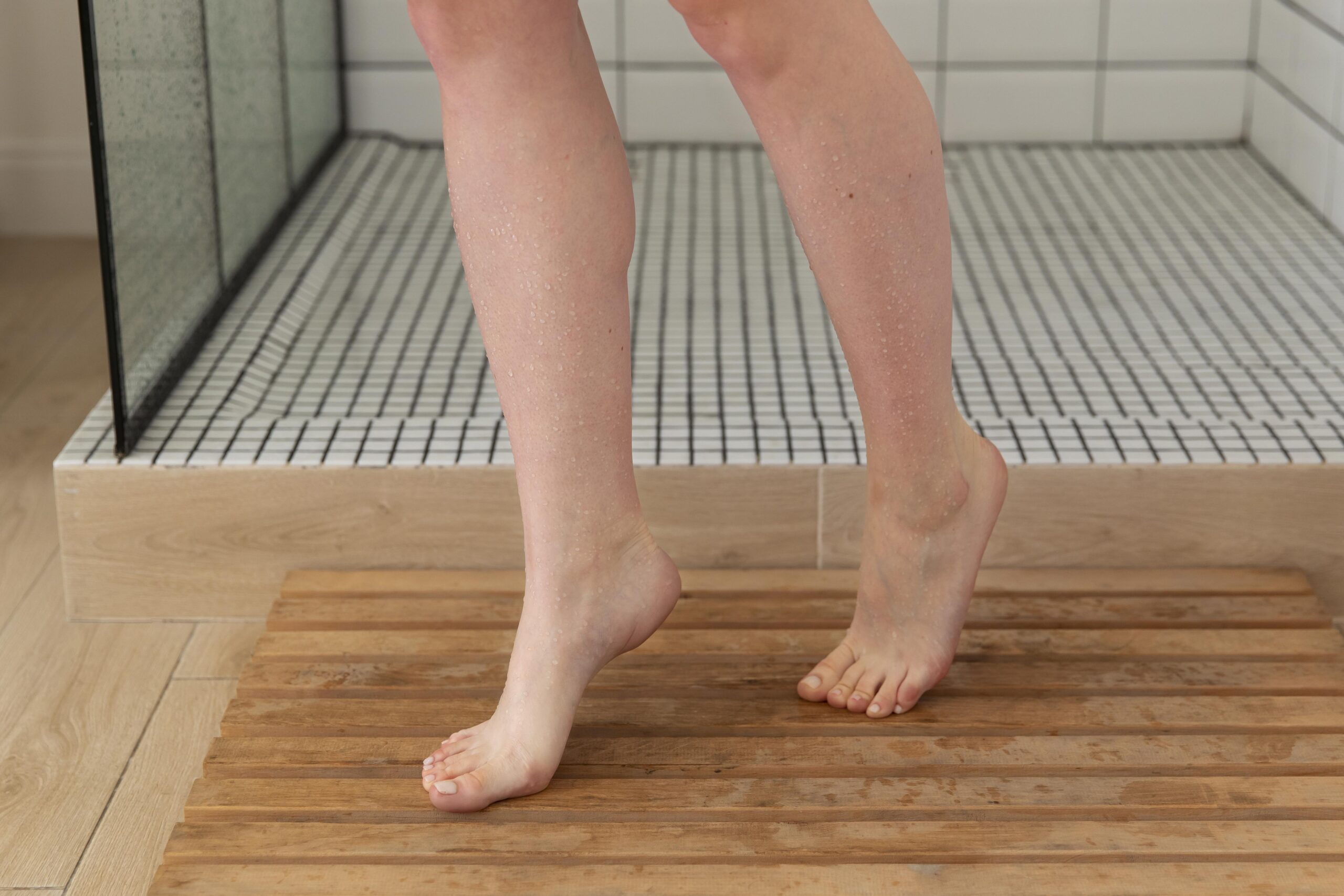Unveiling radiant skin: the art of exfoliating your face

In our quest for healthy and radiant skin, exfoliation emerges as a crucial step in our skincare routines. By gently removing dead skin cells and impurities, exfoliation not only rejuvenates our complexion but also enhances the effectiveness of other skincare products. In this blog, we will delve into the art of exfoliating your face, exploring its benefits, different methods, and best practices for achieving a refreshed and glowing visage.
Why exfoliation matters
The skin naturally sheds dead cells, but sometimes this process is not efficient, leading to a dull and lacklustre appearance. Exfoliation helps accelerate cellular turnover, revealing a fresh layer of skin. By removing debris and unclogging pores, exfoliation also assists in preventing acne, blackheads, and other blemishes. Furthermore, it prepares the skin for better absorption of moisturizers, serums, and other skincare products.
Different exfoliation methods
Mechanical exfoliation
This method involves physically scrubbing the skin’s surface using granular substances, brushes, or tools. Common mechanical exfoliants include facial scrubs, brushes with soft bristles, and exfoliating gloves. However, caution must be exercised to avoid over-exfoliation, which can damage the skin.
Chemical exfoliation
Chemical exfoliants utilize gentle acids such as alpha-hydroxy acids (AHAs) or beta-hydroxy acids (BHAs) to dissolve dead skin cells. AHAs are ideal for normal to dry skin, providing a brighter complexion and reducing fine lines. BHAs, on the other hand, penetrate deeper into the pores, making them suitable for oily or acne-prone skin. Chemical exfoliation is available in various forms, including toners, serums, and peels.
Best practices for exfoliating your face
Know your skin type
Understanding your skin type is crucial in selecting the appropriate exfoliation method. Dry or sensitive skin may benefit from milder exfoliants, while oily or acne-prone skin may require stronger chemical exfoliants or more frequent exfoliation.
Frequency
Exfoliation should be tailored to individual needs. Generally, 1-3 times a week is sufficient for most skin types. However, those with sensitive skin should exfoliate less frequently to avoid irritation, while oily skin may benefit from more regular exfoliation.
Gentle technique
When exfoliating, use gentle, circular motions to avoid damaging the skin. Avoid applying excessive pressure, especially with mechanical exfoliation methods, as it can cause microtears or inflammation.
Follow-up care
After exfoliating, remember to moisturize and protect your skin. Hydrating the skin replenishes moisture and helps maintain a healthy barrier function. Additionally, applying sunscreen is essential to shield the newly revealed skin from harmful UV rays.
Additional tips for effective exfoliation
Patch test
Before incorporating a new exfoliant into your routine, perform a patch test to ensure your skin doesn’t have any adverse reactions.
Don’t overdo it
Exfoliating too frequently or vigorously can lead to irritation and dryness. Listen to your skin’s needs and adjust the frequency and intensity accordingly.
Seek professional advice
If you have specific skin concerns or are uncertain about which exfoliation method is best for you, consult a dermatologist or skincare professional for personalized recommendations.
Exfoliating your face is a transformative step in achieving a radiant and youthful complexion. By eliminating dead skin cells and impurities, this skincare practice unlocks a smoother and more luminous appearance. Remember to choose the right exfoliant method for your skin type, exfoliate with care, and follow up with adequate hydration and sun protection. With consistent and mindful exfoliation, you can unlock the secret to revealing your skin’s natural glow and embracing a healthier, more radiant you.


